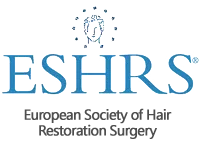Ketoconazole Shampoo Hair Loss Treatment
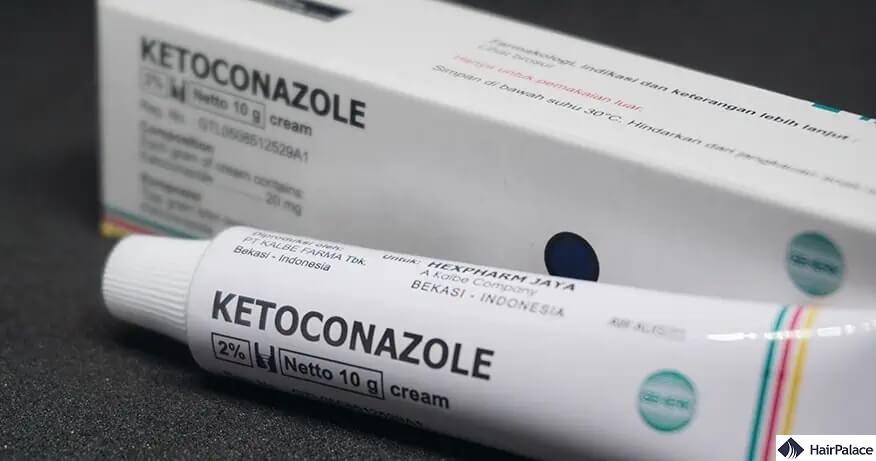
Ketoconazole shampoo is best known as a medicated solution for treating dandruff and scalp conditions, but research has also highlighted its potential role in managing hair loss.
By controlling scalp inflammation, reducing fungal overgrowth, and possibly mitigating the effects of hormones associated with thinning, it creates a healthier environment for hair growth.
While not a standalone cure for baldness, ketoconazole shampoo has become a popular supportive treatment, especially when combined with proven options like minoxidil or finasteride.
- What is ketoconazole for hair loss?
- Does ketoconazole cause hair growth?
- Ketoconazole shampoo benefits
- How to use
- Ketoconazole shampoo hair loss before and after
- Ketoconazole shampoo side effects
What is ketoconazole for hair loss?

Ketoconazole is a broad-spectrum imidazole antifungal medicine.
Topically (as a 2% shampoo, cream, or foam), it’s used for seborrheic dermatitis/dandruff, tinea versicolor, as well as other fungal infections.
Oral ketoconazole exists but is rarely used to treat fungal infections today because of safety concerns, notably serious liver toxicity and drug interactions.
In many regions, it’s restricted to select cases when safer options aren’t available.
Ketoconazole works by blocking an enzyme that fungi need to produce ergosterol, a crucial component of their cell walls.
Without ergosterol, the fungus can’t grow properly and eventually dies off.
When taken in high doses by mouth, ketoconazole can also interfere with certain hormone-producing enzymes in humans, which is why the oral form may cause serious side effects.
In dandruff and seborrheic dermatitis, it lowers Malassezia yeast counts and scalp inflammation, improving flaking, itch, and redness.
Small studies suggest it may support hair density as an adjunct in androgenetic alopecia, but it’s not a standalone hair regrowth drug.
People often pair it with minoxidil/finasteride to treat hair loss.
Does ketoconazole cause hair growth?
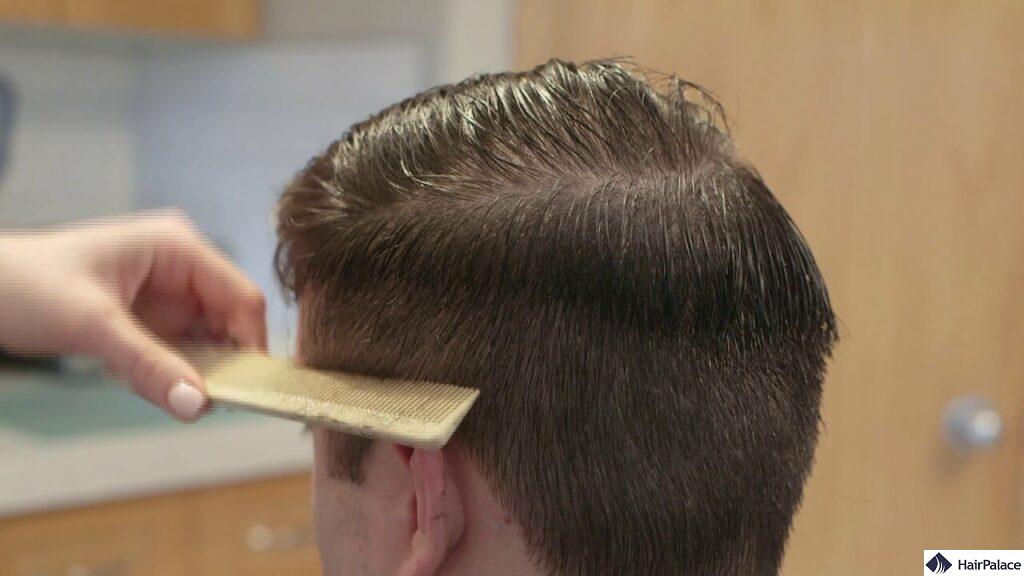
Ketoconazole is not officially classified as a hair growth medication, but there is evidence suggesting it may support hair density and reduce shedding, especially when used as a shampoo.
Here’s a detailed breakdown:
1. Anti-fungal effect on scalp health
Ketoconazole reduces Malassezia yeast populations on the scalp, which are linked to dandruff and seborrheic dermatitis.
These conditions can cause scalp inflammation, itching, and flaking, all of which may worsen hair loss.
By calming the scalp environment, ketoconazole creates better conditions for hair to grow.
2. Anti-inflammatory properties
Chronic inflammation around the follicles can contribute to miniaturisation.
Ketoconazole helps reduce this inflammation, potentially slowing the progression of hair thinning.
3. Possible anti-androgen effect
Some studies suggest ketoconazole has a mild local anti-androgenic action, meaning it could reduce the effect of DHT at the scalp level.
This mechanism is similar to finasteride, though much weaker and only localised.
4. Clinical evidence
Small studies have shown that 2% ketoconazole shampoo, used several times per week, can produce results comparable to 2% minoxidil in producing new hair growth in men.
It appears most effective as an adjunct treatment when used alongside other hair loss treatments rather than on its own.
The effects are usually modest, so you shouldn’t expect significant hair growth, and it should not be considered a primary therapy.
Ketoconazole shampoo benefits
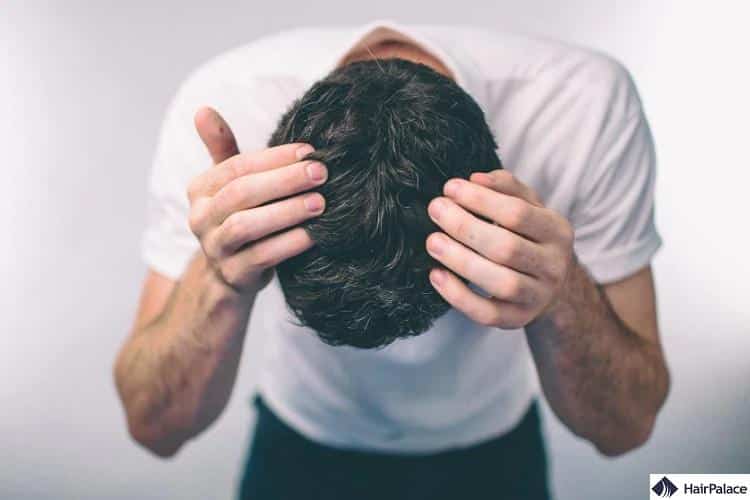
Ketoconazole shampoo offers several benefits, especially for scalp health and as a supportive treatment for male pattern hair loss.
Here are the key ones explained:
1. Controls dandruff and seborrheic dermatitis
Ketoconazole is an antifungal that reduces Malassezia yeast, the main trigger of dandruff and seborrheic dermatitis.
This helps relieve itching, flaking, redness, and irritation of the scalp.
2. Reduces scalp inflammation
By calming inflammation and irritation, it creates a better environment for healthy hair growth.
Chronic scalp inflammation can weaken hair follicles and worsen thinning, so reducing it may indirectly support hair health.
3. May support hair growth
Some studies suggest that ketoconazole shampoo can improve hair density and shaft thickness, especially in androgenetic alopecia.
Its possible mild anti-androgenic effect may reduce the impact of DHT at the scalp level, slowing follicle miniaturisation.
4. Enhances other hair loss treatments
When combined with proven treatments like minoxidil or finasteride for men, ketoconazole shampoo can serve as an effective complementary treatment regimen.
For women, it is often used alongside spironolactone and minoxidil.
The shampoo helps maintain scalp health and reduces secondary factors that contribute to female pattern hair loss.
5. General scalp cleansing
Beyond its antifungal properties, it functions as a medicated cleanser that removes excess oil, buildup, and debris, keeping follicles clearer and enhancing the absorption of other topical treatments.
How to use
Use ketoconazole shampoo 2 to 3 times a week to promote hair growth.
Here’s how to apply the shampoo to your hair:
- Wet your hair and scalp thoroughly.
- Apply a small amount of ketoconazole shampoo to the scalp.
- Gently massage it into the scalp, focusing on the affected areas.
- Leave it on for about 3–5 minutes before rinsing.
- Rinse thoroughly with cool or lukewarm water.
Try to avoid using hot water as it can lead to a dry scalp, which is not ideal for hair growth.
If you’re using other products in your hair care routine, make sure to apply them after your hair and scalp are completely dry.
Ketoconazole shampoo hair loss before and after
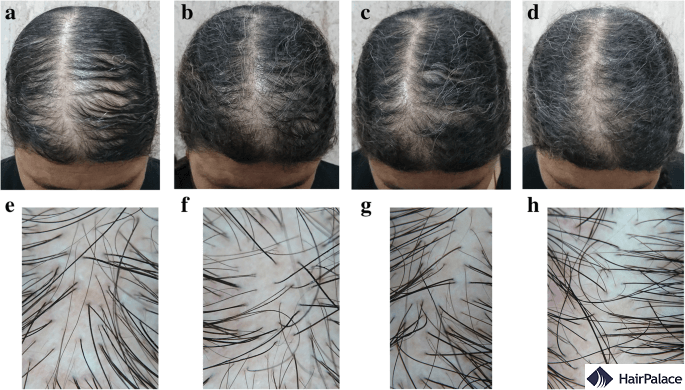
Ketoconazole shampoo side effects
It is generally safe, especially compared to the oral form, but like any medicated product, it can cause some side effects.
Here’s a detailed overview:
- Dryness or oiliness of the scalp: The shampoo can disrupt the natural scalp balance, sometimes leaving it too dry or, in some people, a little greasy.
- Itching, burning, or stinging sensation: Usually temporary and mild.
- Flaking or irritation: Especially if used too often.
- Changes in hair texture: Hair may feel drier, coarser, or sometimes even curlier.
- Hair discolouration: Rare, but can occur more often in people with chemically treated or grey hair.
- Contact dermatitis: Allergic reactions are uncommon but possible; symptoms include redness, swelling, or rash.
- Hair shedding: Some users experience temporary increased shedding at the start, as weaker hairs fall out and healthier ones replace them.
- Eye irritation: If the shampoo gets into the eyes, it may cause burning or redness.

